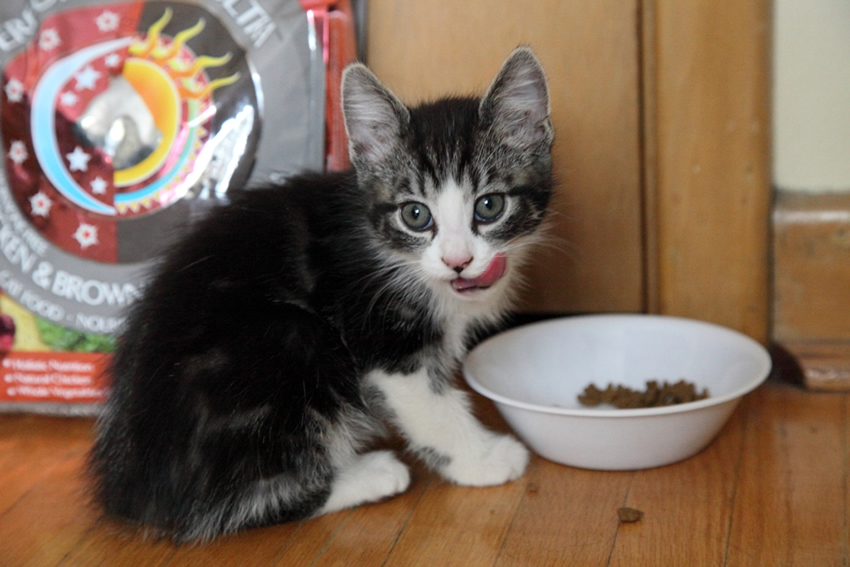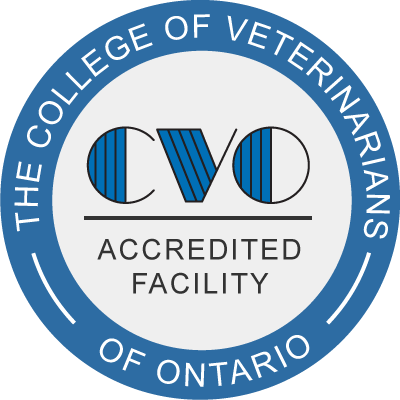
Many procedures in veterinary medicine involve anesthesia, so it can be helpful to know more about the subject. For the majority of procedures the anesthetic protocol consists of 3 steps: premedication, induction and maintenance. The premedication step consists of giving your animal companion an injection that will calm them down and make them feel a little drowsy. This makes them less afraid when they are being induced, and reduces the amount of drug required for induction and maintenance. The induction step consists of giving your companion a drug into the vein that causes them to fall asleep for a short period of time. This sleeping state allows the veterinary team to pass an e tube (a tube that goes down their trachea that they breathe through) so that anesthetic gas can be delivered to your companion’s lungs. The maintenance phase consists of an anesthetic gas being breathed by your companion that keeps them sleeping so that a surgical or diagnostic procedure can be done. Throughout this whole process your companion is monitored by machines that track their vital signs, as well as by a member of the nursing staff.
There are different ways to manage a patient’s anesthesia, ranging from mild sedation, to inducing general anesthesia and maintaining your companion under general anesthesia with an inhalant or with the same drug that they were induced with. If you have any questions regarding our anesthetic procedures, please feel free to call and ask us. Pain management often goes hand in hand with anesthetic techniques due to the fact that surgeries leave the patient sore. Whenever your companion animal undergoes a surgery or a procedure that has the slightest chance of causing pain, the veterinary team preempts that pain with analgesics (painkillers) in the premedication phase, during the procedure (nerve blocks, local anesthesia and CRIs), and after the procedure (with injectable analgesics and take home medications). The veterinary team believes in preemptive pain management in order to keep your companion as comfortable as possible. If you have any questions regarding pain management, please feel free to call and ask us.

